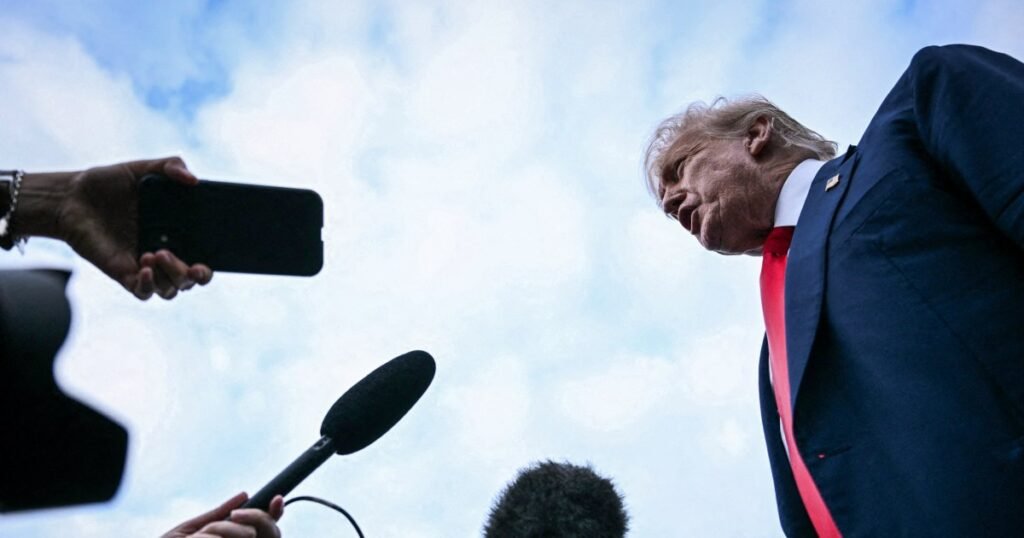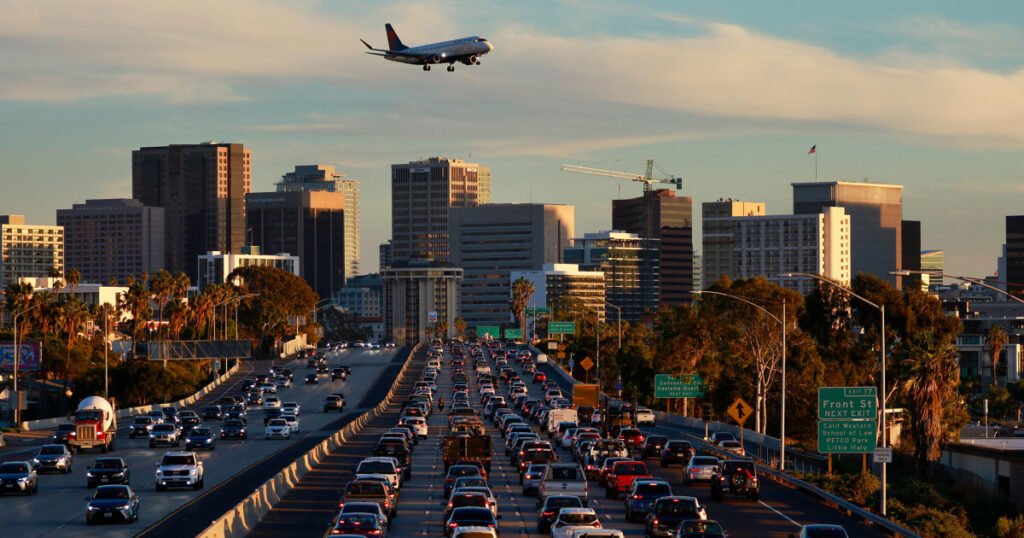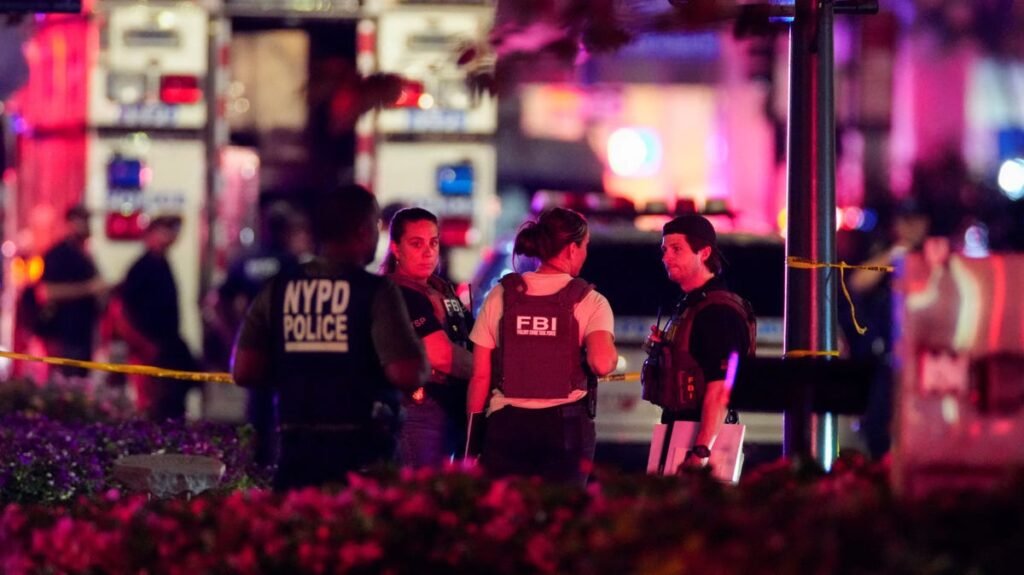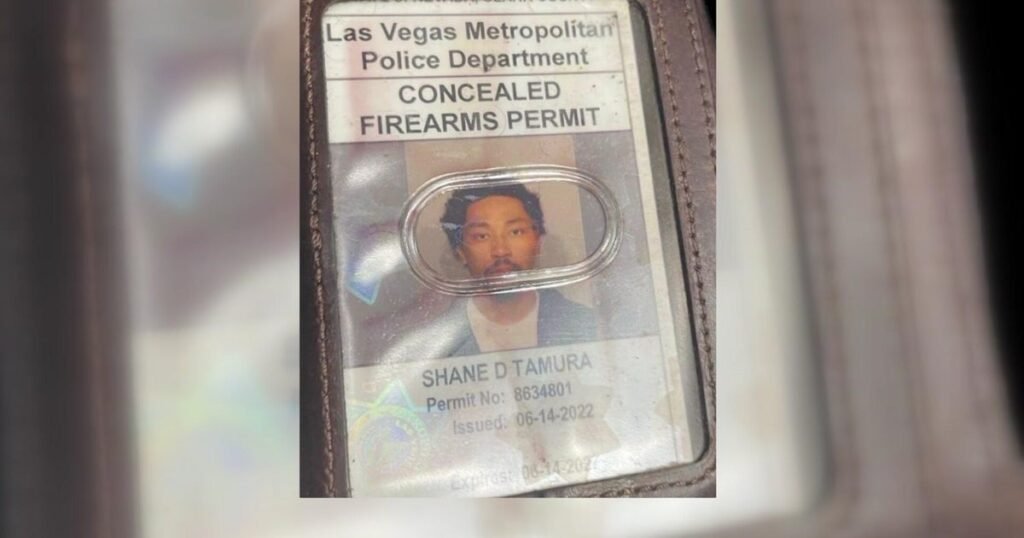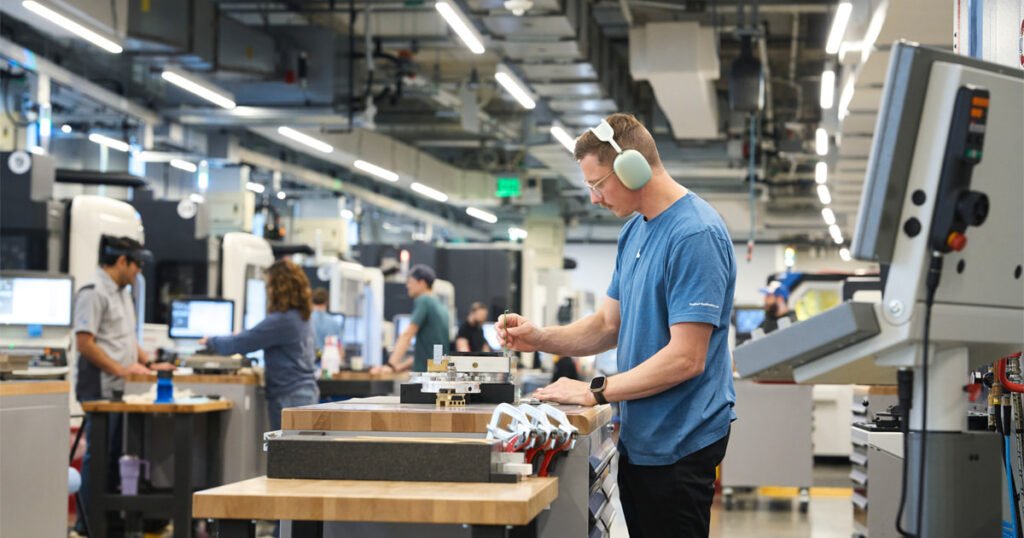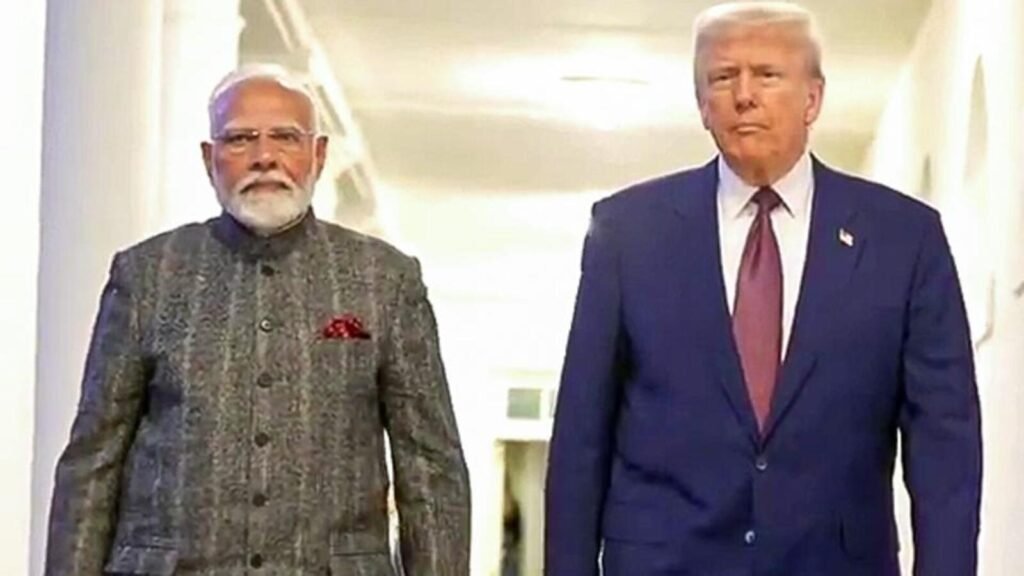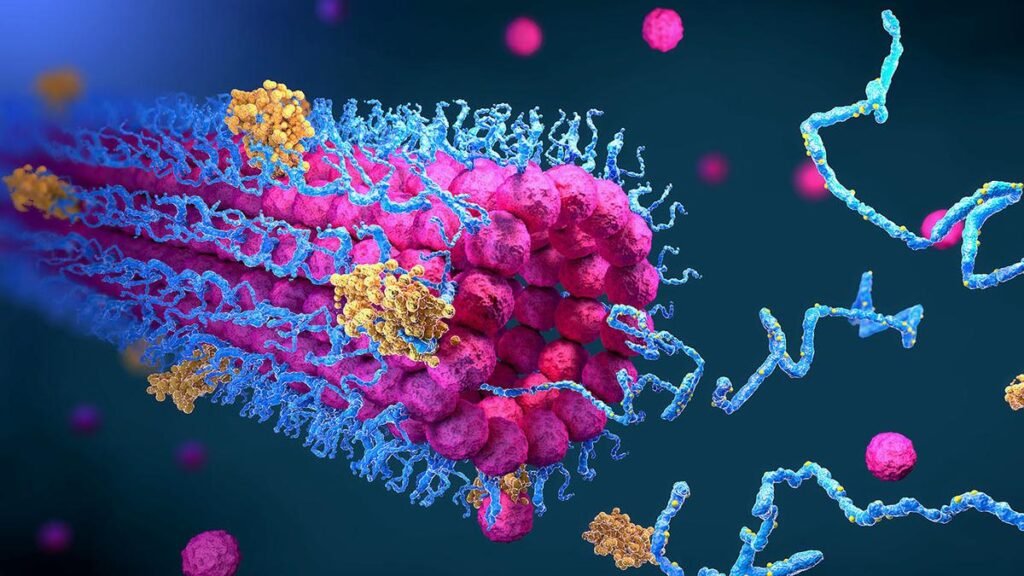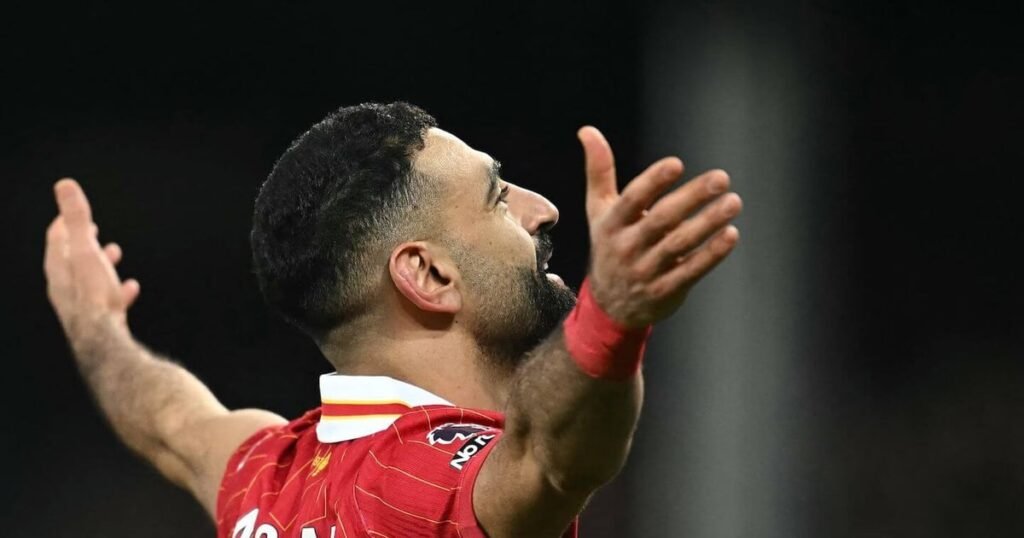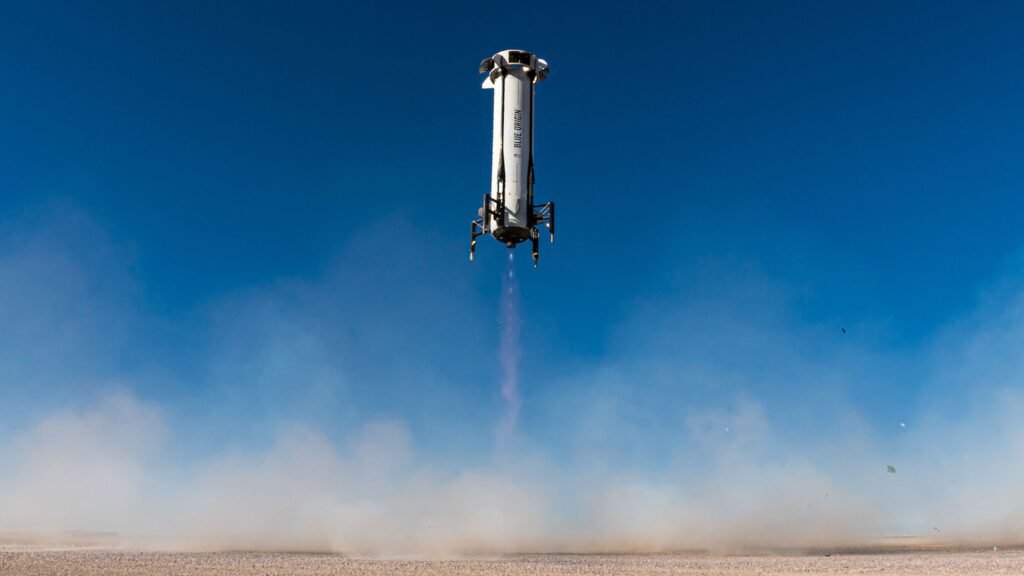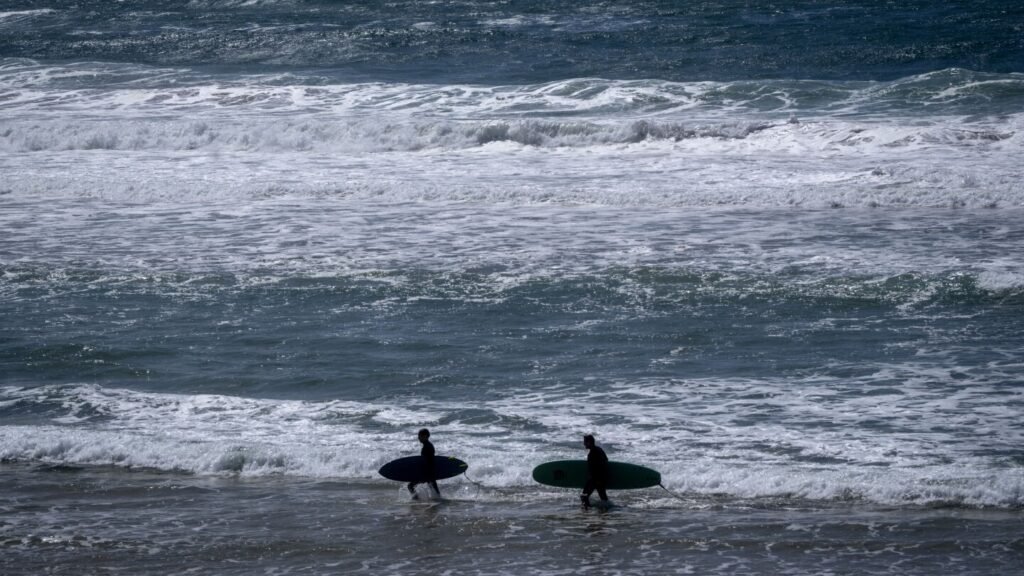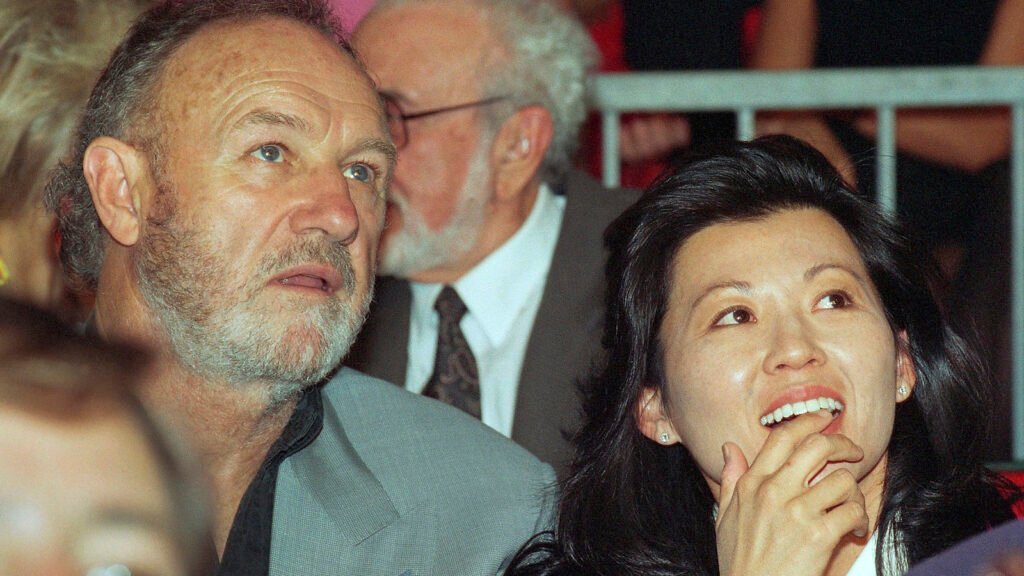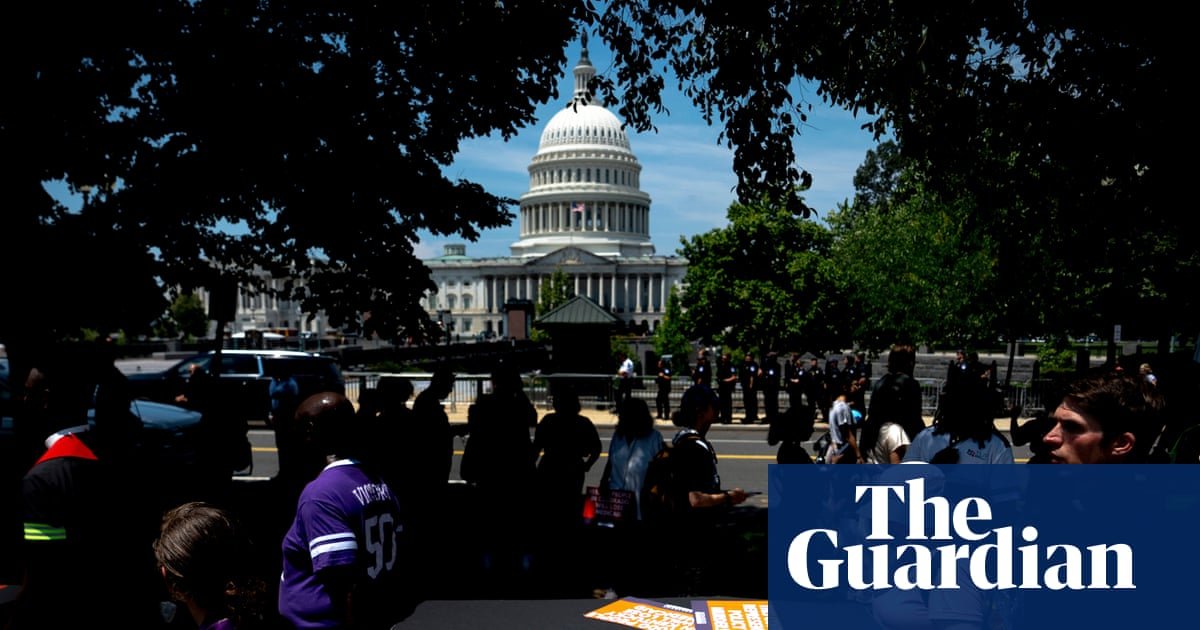Now Reading: A Generation Amid Ruins: Iran’s Collapse and the Seeds of a New Future
-
01
A Generation Amid Ruins: Iran’s Collapse and the Seeds of a New Future
A Generation Amid Ruins: Iran’s Collapse and the Seeds of a New Future
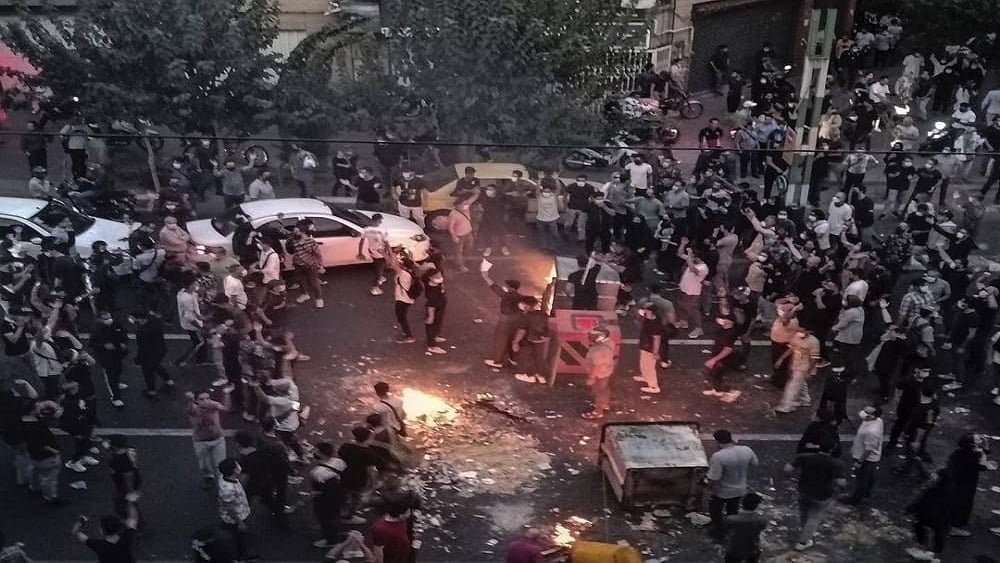
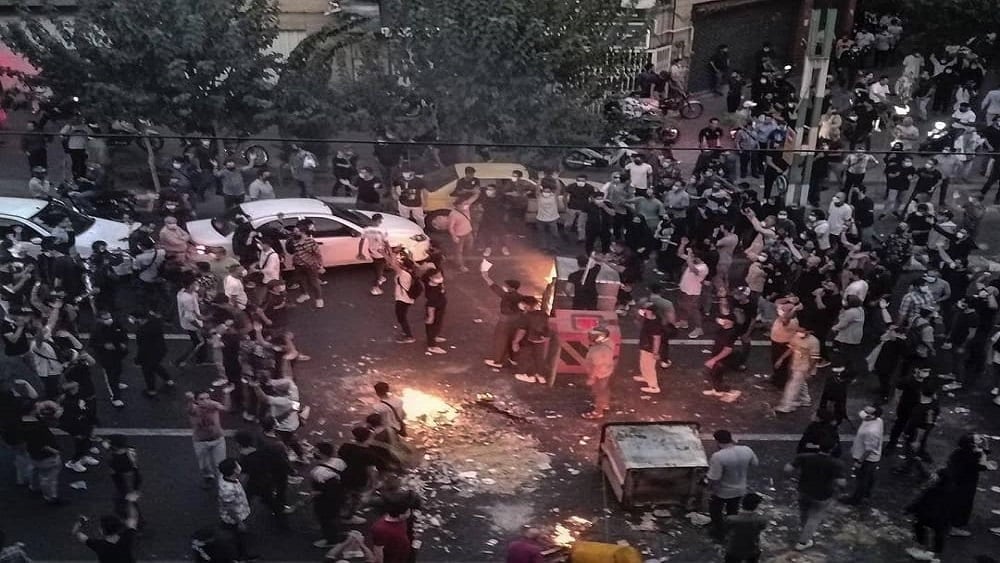
Three-minute read
Iran today stands on the edge of total collapse. From poisoned air and parched soil to the broken spirits and bodies of its people, every corner of the country bears the scars of over four decades of rule by the mullahs. This devastation did not appear overnight. It is not the result of a single failed policy or even a decade of poor governance. It is the consequence of a persistent, layered accumulation of crises that have spanned the entire rule of the mullahs’ regime—each one adding weight to an already breaking nation.
The economy is not merely ailing; it is gasping for breath on artificial life support. Runaway inflation has slashed real incomes by half in the past ten years. Basic needs are unaffordable. A crumbling education system—politicized, underfunded, and hollowed out—has robbed an entire generation of critical thinking, creativity, and opportunity.
The environment, once a symbol of Iran’s natural richness, is rapidly vanishing. Rivers, wetlands, and lakes are evaporating. Land subsidence is silently devouring the country’s urban centers. What remains is not just environmental degradation—it is an omen of collapse.
The #Iranian Regime’s Economic Warfare Creates a Multi-Front Crisis for the People
— NCRI-FAC (@iran_policy) July 9, 2025
These are not isolated tragedies or technical missteps; they are unmistakable signs of systemic failure. Mental and emotional crises now define the everyday lives of Iranians. According to official health statistics, one in four suffers from some form of mental disorder. Depression, anxiety, and a growing sense of worthlessness haunt the country’s youth.
What began as a trickle of elite migration has become an unrelenting exodus. Tens of thousands of doctors, engineers, researchers, and graduates from Iran’s most prestigious universities are fleeing each year in search of hope. For many, the idea of building a life at home has become unimaginable.
This generation is not like the ones before. Not because it claims superiority, but because it was born and raised in a different reality—one shaped by constant crisis. They grew up amidst economic turmoil, political repression, and a profound crisis of meaning.
#Iran News in Brief
In an article titled “#Migration Tsunami, Why Does Everyone Want to Leave,” the state-run newspaper Faraz acknowledged the exodus of intellects from the corrupt rule of the clerical regime. pic.twitter.com/Y1yQU5Myuu— NCRI-FAC (@iran_policy) August 18, 2023
When no public institution is trustworthy, when education is stripped of quality, when state media is synonymous with propaganda, and when merit holds no value in the path to success, the young Iranian is forced to ask: Why should I stay? Why should I strive? For what future?
And yet, amid this despair, a powerful awakening is taking place. The new generation has embraced reality. The illusion of reform has faded. The lies of the regime no longer resonate. Today, more than ever, the people are speaking the language of revolution.
The nationwide uprising of 2022 revealed this truth to the world. The slogans of that movement did not plead for reform—they demanded regime change. They spoke of a new era. A country free from theocratic tyranny. These were not just chants of defiance. They were declarations of intent. And behind this intent stands a vital force: the Resistance Units—grassroots cells of the organized resistance that have become the backbone of Iran’s internal struggle.
#IranThirdOption, led by @Maryam_Rajavi & the #NCRIAlternative, rejects war & appeasement alike.
It calls for regime change by Iranians themselves—through their organized resistance & #MEKResistanceUnits.
No need for foreign troops or money. pic.twitter.com/OYPnGLz1cT
— Hamid Azimi (@no2censorship) June 25, 2025
The Resistance Units, operating in cities and villages across the nation, are empowering young Iranians. They provide not only ideological clarity and practical training, but also emotional solidarity. Through these networks, the youth have learned the value of organization, the necessity of discipline, and the power of unity.
Technology, too, has become an instrument of resistance. In the hands of this digitally fluent generation, it is used to expose lies, organize protests, spread truth, and sustain hope. These efforts are building the foundation of Iran’s democratic future—brick by brick, mind by mind.
This generation of freedom-loving youth are supported by a broader movement, by a resistance that has never wavered in its belief that Iran can rise again.
#IranRevolution is led by #women pic.twitter.com/tS3ch7fSUJ
— NCRI-FAC (@iran_policy) February 23, 2024
So, how does one create a new tomorrow from the ashes of destruction? The answer is not found in miracles, nor in the empty promises of foreign powers. It lies in relentless struggle—through networking, teamwork, and collective identity.
Rebuilding the future does not mean restoring what once was. It means imagining what has never yet been: a just, transparent, and free Iran. This is the mission of a generation that, though wounded and weary, remains unbroken. This is a generation that has opened its eyes amidst ruins. They are the architects of the future. And they are not waiting. They are rising.
